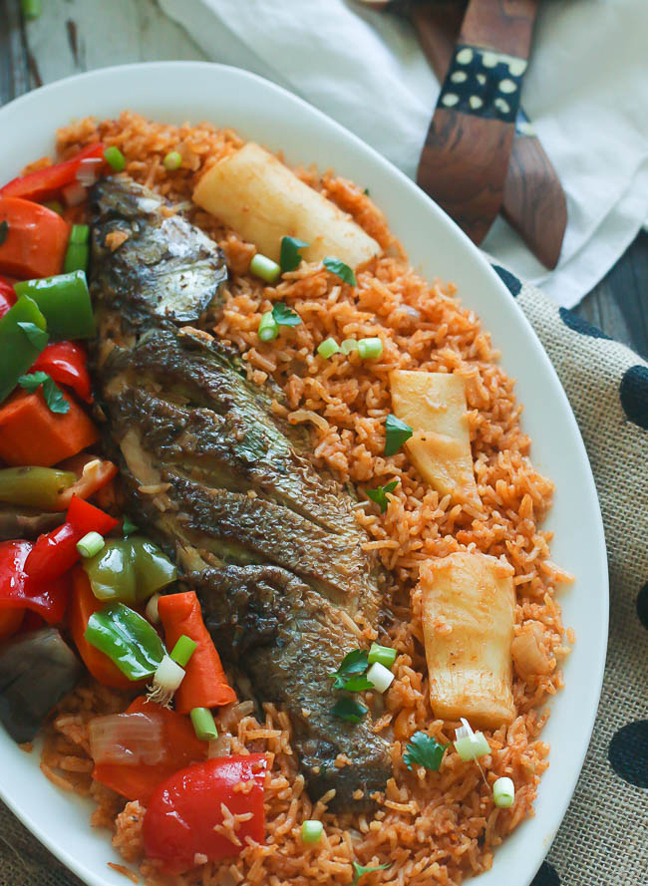Warming Effect: West African Cuisine

As told by Dr. John Aden, the Volunteer Executive Director of the African/African American Historical Society & Museum of Allen County (AAAHSM):
How I learned about West African cuisine is from my time doing fieldwork in Mali, West Africa, where food is a form of social currency.
In West African societies, there wasn’t regular electricity until the late ‘90s. (And I’ll segue into the food piece in a second.) When I was in Mali, when I spent time in the compounds, when nightfall came, kids would use oil lamps to do their homework after dinner. In Mali, there is national competition for academic advancement so everybody in the whole country drops everything, and the kids prepare for the national exams.
Your performance on the national exams determines what your life is going to be like, to some extent. If you do okay, they’ll send you to vocational training. If you do really well, you can get into the national university.
Mali has about 14 million people, which is a little more than the population of Indiana. That’s some stiff competition.
So at night, the adults gather around these kids while they study. They would bring tables outside because it’s too hot to work inside. There’s this whole communal element around getting young people educated. Preparing and eating food is very similar.
Unlike the West, everybody eats around a communal setting, around a communal table; sometimes we just sat on the ground and ate, potluck style. The cooks are really fascinating. There are these special blessings that you give to the cooks before and after you eat. The highest blessing you can give in Bamana is Gwa da muso waraba. Gwa means food or cuisine, da means things. Muso means woman. Waraba means lioness. It just warms the heart of the people who make the food.
The rice-based porridge served in the morning, called siri, is boiled; sugar or honey, and butter, is added. It’s a lot like cream of wheat. In the cold season in Mali, the temperature is only like 80 degrees; that’s considered cold because you’re used to 110-degree weather. That porridge in the cold season is the best thing in the world. It just warms you up. That’s probably the easier dish to prepare.
The national dish in Senegal is a dish called Thiéboudienne. I love it because it’s a mixture of African and Trans-Atlantic food values.
Thiéboudienne is like the Spanish Paella. In Mali and Senegal, rice and sauce is the fundamental element of lunch and dinner cuisines. And the sauce is different for the meats and vegetables you use. It’s basically this bed of rice.
We spent a lot of time with this master cook, who learned her craft from elder women. She really had about 300 years of cooking knowledge in her head. There is no one is America really who has cooking knowledge like that.
The master cook would put oil in this giant cast iron pot, heat it really hot, and slice potatoes so they would be oblong. They would begin to fry the potatoes, at the bottom of the pot, and would then add tomatoes, rice, and the seasonings. As the rice was cooking, eventually they would add vegetables and fish on top of that.
The pot used is gigantic because a lot of people would eat out of it…as big as you can get your arms around then double it.
You add Atlantic perch, it’s a pretty large, meaty fish. The beauty of being in Mali and living on the Niger River you can get fish pulled of the river that day. I had Thiéboudienne on the Gorée Island in Senegal; it’s an island where enslaved Africans were shipped out from. It was the Door of No Return. The island…is…beautiful.
Dr. John Aden also teaches Introduction to African History and Intro to Chinese Philosophy courses at Canterbury High School. His Doctorate is in History from Indiana University - Bloomington, with a focus on Africa. Chinese history is his second field.
